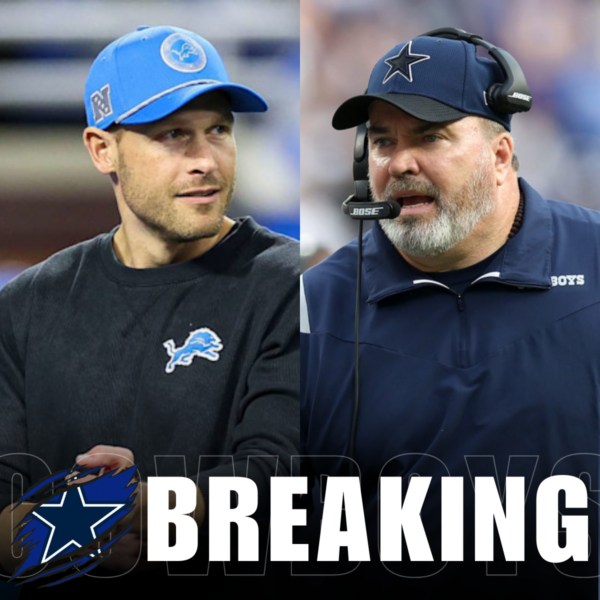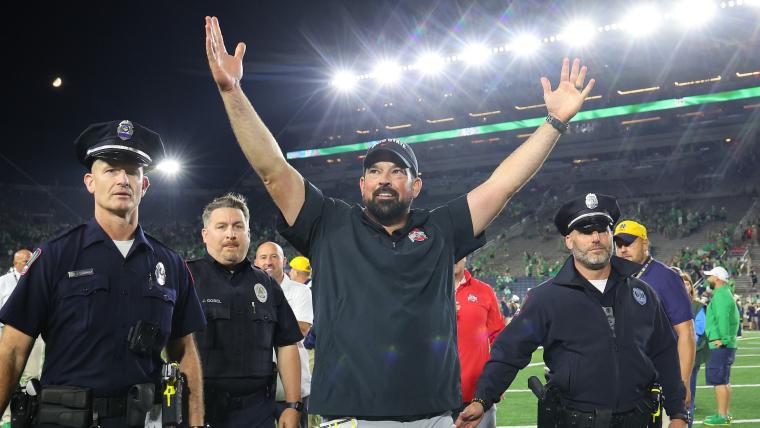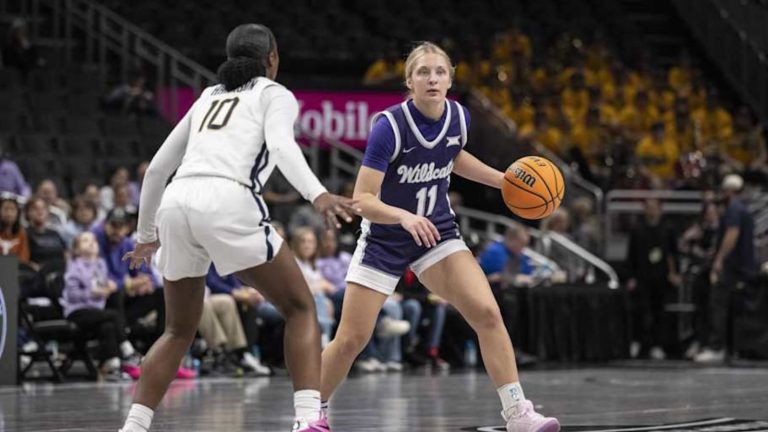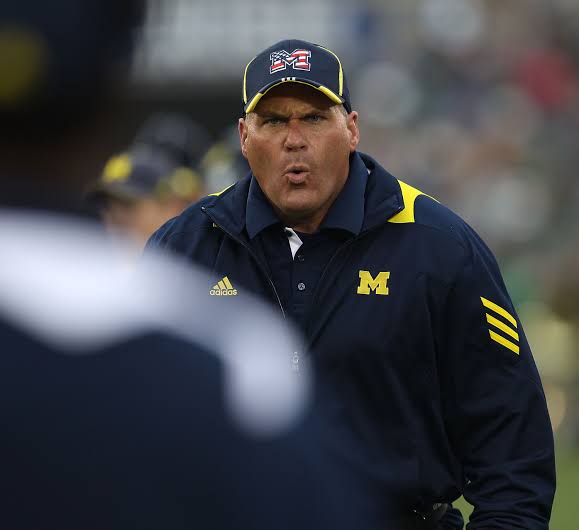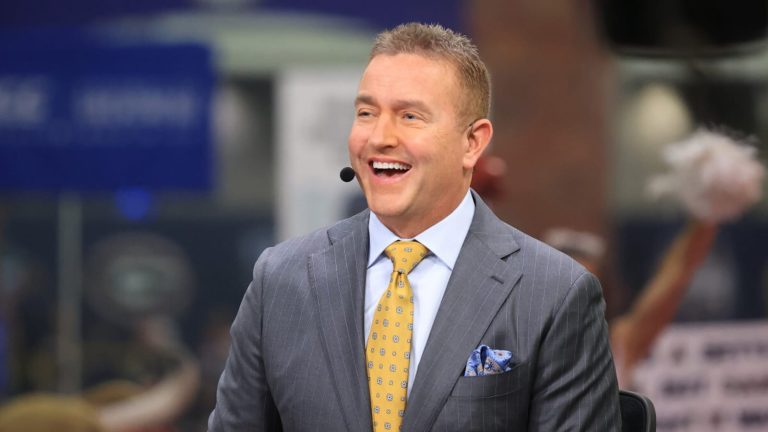Welcome to the Generation Gap Final Four of Coaches Who Embody Changing Era
Todd Golden and Jon Scheyer are elite young coaches embracing analytics and NIL, while Bruce Pearl and Kelvin Sampson are the elder statesmen still in the game.
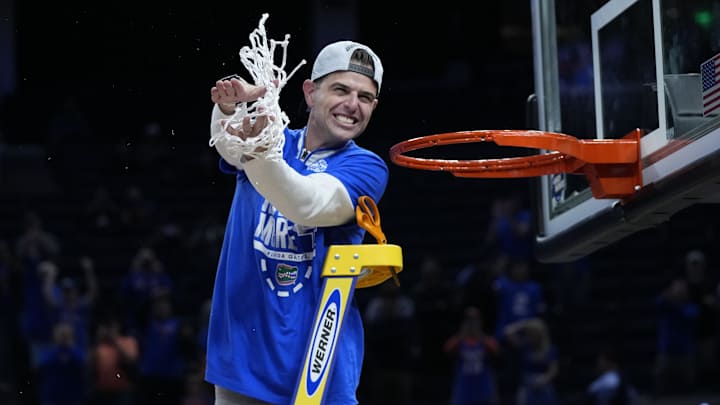
On New Year’s Eve 1980, 25-year-old Kelvin Sampson was elevated to interim head coach of the NAIA Montana Tech Orediggers. His first duty was to convince three players who had quit the team to return, giving him eight available bodies. In addition to coaching basketball, Sampson was also the school’s housing director.
Jon Scheyer was still seven years away from being born.
On May 5, 1992, 32-year-old Bruce Pearl was introduced as the head coach of the NCAA Division-II Southern Indiana Screaming Eagles. He was the fifth coach in 10 years at the school in Evansville, Ind. In his zeal to drum up interest in the program after taking the job, Pearl volunteered to speak to high school track athletes receiving awards from the Northside Kiwanis Club.
Todd Golden was 6 years old.
Welcome to the Generation Gap Final Four this week in San Antonio, when Sampson’s Houston Cougars face Scheyer’s Duke Blue Devils and Pearl’s Auburn Tigers take on Golden’s Florida Gators. The games pit two coaches in the latter half of their 60s vs. two in their 30s. Two who have a combined 66 years of head coaching experience vs. two who have a combined nine years. Two who came up coaching in bus leagues vs. two who have spent much of their careers flying private charters.
If the 69-year-old Sampson wins the title, he will be the oldest coach ever to do so. If the 65-year-old Pearl wins it, he will be the fifth-oldest. Scheyer, age 37, would be the eighth-youngest champion. Golden, 39, would be the ninth-youngest.
Contested beneath an umbrella of seismic change in college athletics, this feels like a tipping-point Final Four. The next generation of elite young coaches is rising, while the last generation of old-school guys is resisting having the game ripped out of their gnarled fingers. Fittingly, perhaps, the champion will be crowned the same day the House v. NCAA lawsuit settlement is expected to be approved, which will usher in a new era of direct athlete compensation by universities.
The arrival of the NIL/free transfer/revenue-sharing era has been cited as a factor in driving many established coaches out of the game. That’s true to a degree—some coaches, such as Tony Bennett of the Virginia Cavaliers, specifically made mention of it. Others simply reached (or exceeded) conventional retirement age. But a cadre of codgers has excelled this season, and two of them are among the last four standing.
Sampson beat his close friend, 70-year-old Rick Barnes, on Sunday to reach the Final Four. Pearl defeated 70-year-old Tom Izzo later that same day. Rick Pitino, age 72, won the Big East Conference regular-season and tournament titles before being upset in the second round of the NCAA tournament.
And both Sampson and Pearl might be having the best seasons of their highly accomplished careers. Auburn is the overall No. 1 seed in the tourney and claimed the regular-season title in a historically great Southeastern Conference, which placed a record 14 teams in the tourney. Houston romped through the Big 12 for the second straight season, grabbing a No. 1 seed itself. The Cougars are 30–1 since November, and the lone loss was by a single point in overtime.
Sampson and Pearl have adapted to elements of the new era, particularly utilizing the portal to “get old and stay old,” as opposed to a major reliance on instant-impact freshmen. They’ve both been competitive in the NIL marketplace as well. Four of Auburn’s five starters are transfers, and the entire starting unit has played an average of 140 Division I games. Houston has two transfers in the starting lineup in guards L.J. Cryer (leading scorer) and Milos Uzan (leader in assists), and that unit has played an average of 118 D-I games.
The two graybeards do not, in any way, appear outdated.
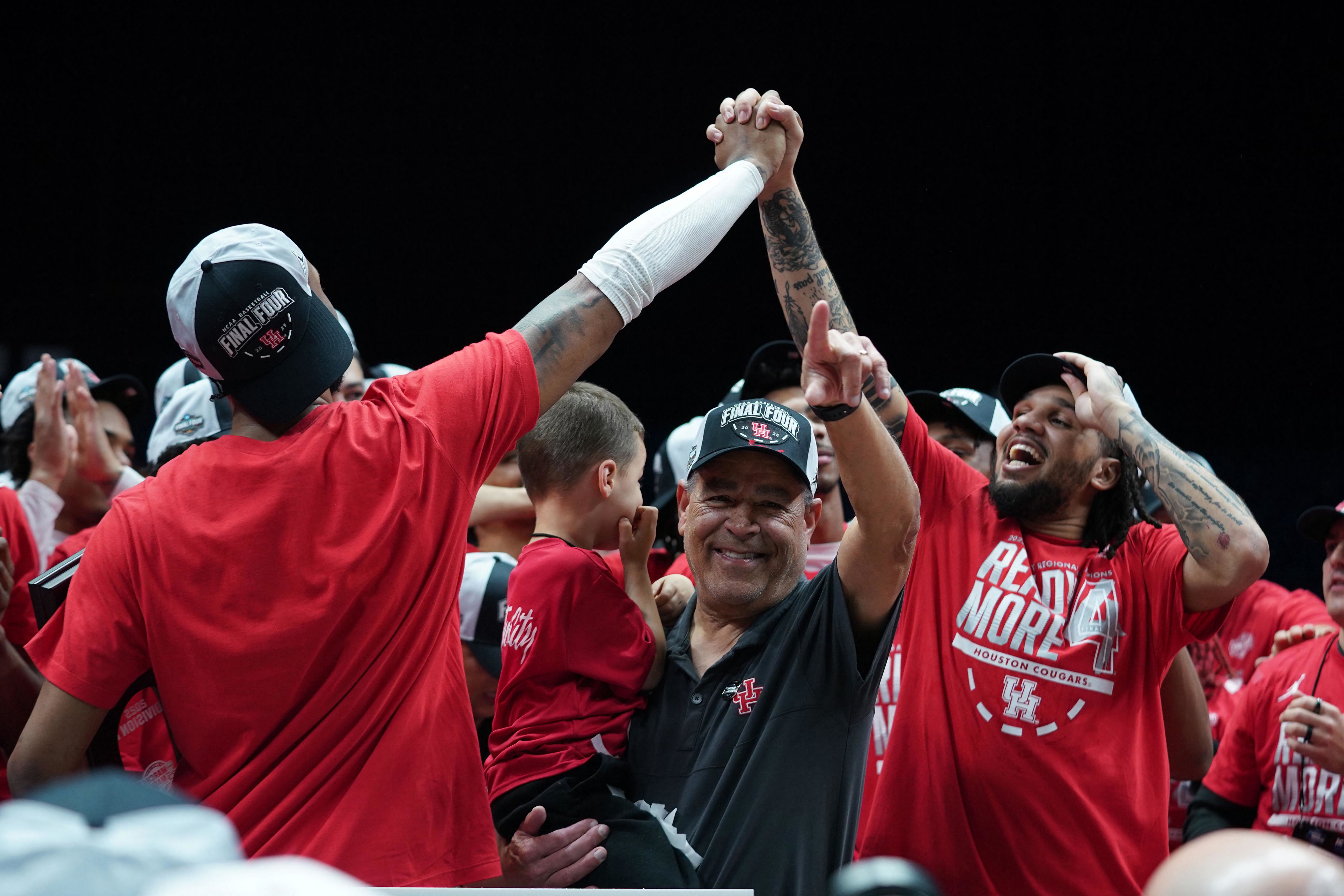
But they also have adhered to an old-school reliance on the ways they have built their culture. Sampson retains the right to rip into his players as he sees fit—even while routing Tennessee on Sunday, he was fuming over certain mistakes—and they accept it without flinching (or transferring). Pearl has stayed true to an all-senior starting lineup despite the talents of freshman guard Tahaad Pettiford, who comes off the bench.
Scheyer and Golden came up through the ranks far differently than the old war horses they will face Saturday.
Scheyer has been a one-program guy, spending his entire playing and coaching career at Duke. He was a standout on the Blue Devils’ 2010 national championship team, and after a brief pro career overseas he joined Mike Krzyzewski’s staff. There has been no Montana Tech or Southern Indiana for him, just an immersion in the bluest of blueblood programs.
But with privilege also came immense responsibility in taking over for Coach K. The annals of college sports are littered with successors to all-time great coaches who couldn’t sustain what they inherited; Scheyer has taken a major step out of Krzyzewski’s shadow by reaching this Final Four. Along the way, he has embraced a very modern means of team-building: hiring a “mental skills coach.”
